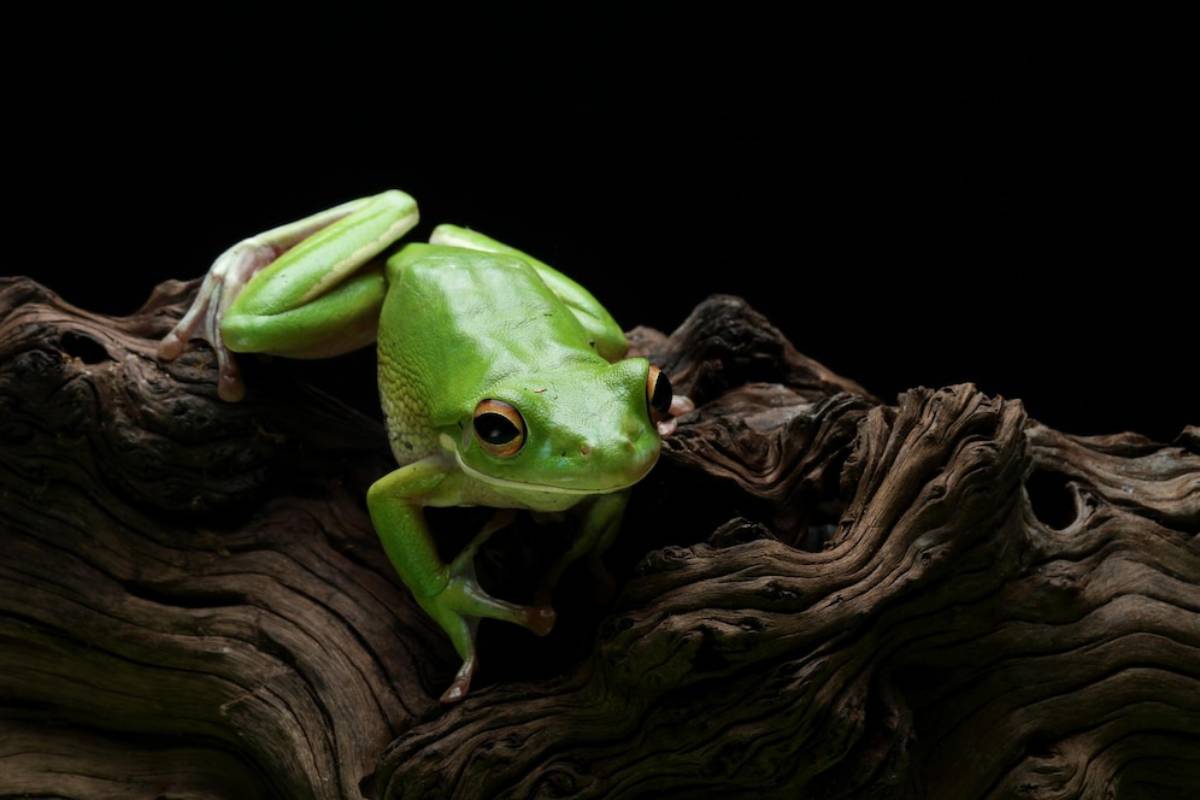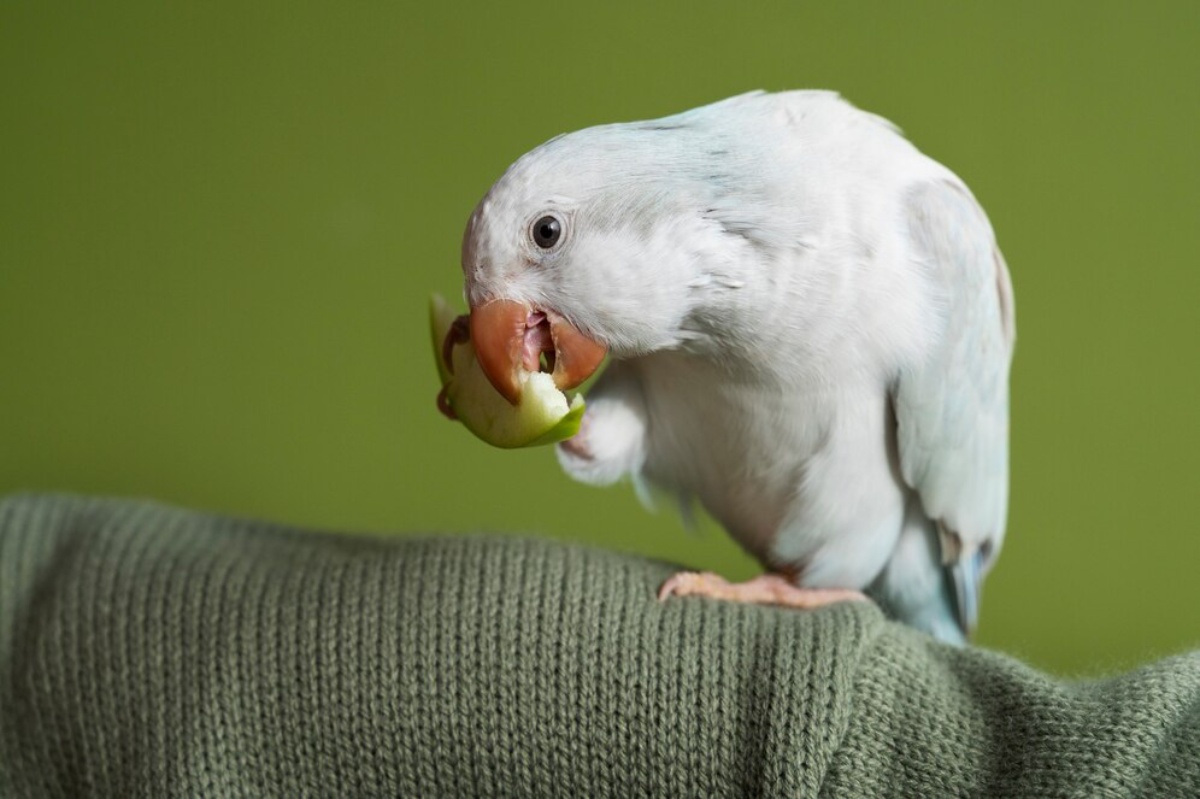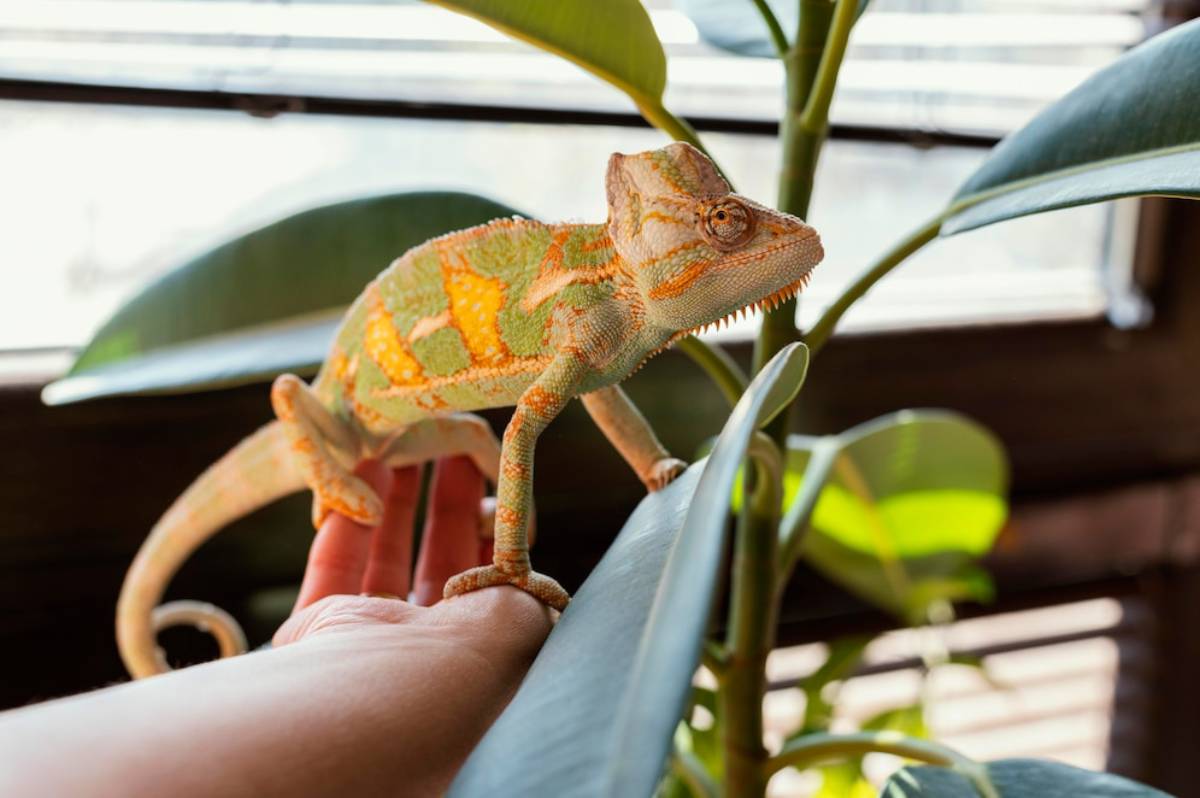
Adapting Exotic Pets to a New Home Environment
Bringing home an exotic pet is an exciting experience, filled with curiosity, learning, and the promise of a special bond. Whether it’s a chameleon, a cockatoo, or a chinchilla, exotic animals can thrive in captivity when their specific needs are understood and met. However, the initial transition from breeder or rescue facility to a new household can be overwhelming—for both the animal and the owner.
Exotic pet adjustment is a process that requires patience, observation, and empathy. These animals, by nature, are often more sensitive to environmental changes than traditional pets. A smooth transition is not just about housing and diet—it’s about building trust and establishing a rhythm that supports long-term wellbeing.
This article outlines practical pet settling tips, behavioural insights, and key principles of responsible pet ownership to help you create a peaceful and supportive environment for your new companion.
Why Adjustment Is Crucial for Exotic Pets
Unlike cats and dogs, many exotic animals rely heavily on stable surroundings, predictable routines, and precise environmental conditions. A sudden move, new smells, handling by unfamiliar people, and a different diet can lead to stress, which may manifest as aggression, hiding, appetite loss, or even illness.
A successful adjustment period:
- Reduces long-term stress and behavioural issues
- Builds the foundation for positive human–animal interaction
- Prevents health complications linked to environmental or dietary changes
- Encourages natural behaviours and enhances overall quality of life
Each species has different tolerances, but a considered approach will ease the transition for any exotic pet.
Preparing for Arrival: Laying the Groundwork
A calm and well-prepared space is essential before bringing your new pet home. The more familiar and stable the environment, the smoother the exotic pet adjustment process will be.
1. Research Thoroughly
Understand your species’ habitat, behaviour, diet, and social structure before the pet arrives. Know whether they’re diurnal or nocturnal, solitary or social, sensitive to light, noise, or touch.
2. Set Up the Enclosure in Advance
Ensure the enclosure is fully assembled, cleaned, and cycled if applicable (especially important for aquariums or bioactive vivariums). Include:
- Appropriate heating and lighting (UVB where needed)
- Hides, perches, branches, and other furnishings
- Substrate suitable for the species
- Clean water and food dishes
3. Establish a Quiet Zone
Place the enclosure in a quiet, low-traffic part of the home, away from loud music, televisions, or footfall. Avoid drafty or overly warm locations.
The First Few Days: Gentle Introduction
The initial days at home are critical for your pet’s comfort and security.
Do:
- Give them time: Avoid excessive handling or interaction. Let the animal explore at their own pace.
- Speak softly and move slowly: Exotic pets are often prey species and easily startled.
- Stick to a basic routine: Feed at the same times each day, keep lighting consistent, and avoid changing enclosure elements too soon.
- Monitor from a distance: Observe behaviour, eating habits, and general activity without hovering or disturbing.
Don’t:
- Introduce new animals or allow handling by visitors.
- Change diet or environment suddenly unless advised by a vet.
- Attempt to force interaction—trust must be earned.
These pet settling tips apply universally but can be particularly important for species known to be shy or territorial, such as reptiles, birds, or small mammals.
Species-Specific Settling Tips
While all exotic pets benefit from a calm transition, each group has particular needs during adjustment.
Reptiles and Amphibians

- Reptiles are highly sensitive to temperature, humidity, and lighting. Allow 48–72 hours of undisturbed acclimation.
- Avoid handling until the animal is eating regularly and displaying normal activity.
- Use minimal cleaning and maintenance during the first week—just spot-clean if necessary.
Birds
- Place a cover over part of the cage to give a sense of security.
- Begin bonding by sitting nearby and speaking softly, rather than direct interaction.
- Avoid sudden loud noises or fast movements around the cage.
- Introduce enrichment slowly—too many new toys can be overwhelming.
Small Mammals (e.g. chinchillas, ferrets, rabbits)
- Provide plenty of hiding places.
- Avoid chasing or scooping from above—this can trigger a fear response.
- Offer treats gently by hand to begin building trust.
- Handle briefly and only once the animal appears calm and confident in its space.
Aquatic Pets
- Acclimate carefully to avoid temperature and pH shock.
- Turn off aquarium lights for the first 24 hours after introduction.
- Observe for stress signs such as erratic swimming, gasping, or colour change.
Building Trust and Routine
Once the initial acclimation period is over—typically after one to two weeks—you can begin to engage more actively with your exotic pet.
1. Hand Feeding and Treats
Offering species-appropriate treats by hand helps establish positive associations. This is especially effective with parrots, reptiles, and rodents.
2. Short Handling Sessions
Start with brief, non-invasive contact. Let the pet climb onto your hand or arm voluntarily. Use a towel or glove only when necessary for safety.
3. Establish Predictable Routines
Animals thrive on predictability. Keep feeding, cleaning, and play times consistent. This reduces anxiety and builds confidence.
4. Use Your Voice
Even if your pet doesn’t understand words, tone matters. Speaking gently and consistently reinforces your presence as non-threatening.
Developing a bond takes time and is a hallmark of responsible pet ownership. Respecting your pet’s pace is the first step in earning their trust.
Monitoring Health and Behaviour
During the adjustment period, track your pet’s behaviour, appetite, and physical condition daily.
Signs of Healthy Adjustment:

- Regular eating and elimination
- Exploration of the enclosure
- Relaxed body posture
- Willingness to observe or interact with you
Signs of Stress or Illness:
- Hiding for extended periods
- Refusal to eat or drink
- Excessive aggression or lethargy
- Changes in stool or skin condition
- Self-mutilation or repetitive behaviours
If signs of illness persist, contact an exotic vet. Early intervention is crucial in fragile species.
When to Seek Professional Help
Adjustment difficulties sometimes go beyond the scope of routine care. Don’t hesitate to seek expert help if:
- You notice persistent stress behaviours despite environmental changes
- The animal refuses to eat after several days (especially reptiles)
- You’re unsure whether environmental conditions are appropriate
- You have concerns about zoonotic disease or handling safety
A veterinarian with exotic animal experience can offer tailored advice on both medical and behavioural concerns.
Long-Term Integration
Once your pet has adjusted, continue to foster their wellbeing through:
- Regular veterinary check-ups
- Environmental enrichment tailored to their species
- Social time, where applicable, with either you or same-species companions
- Ongoing research—exotic pet care is a rapidly evolving field
Maintaining trust, health, and happiness over the years is the true essence of responsible pet ownership.
Patience, Preparation, and Compassion

Adapting an exotic pet to a new home isn’t just about providing shelter—it’s about crafting a safe, enriching environment where the animal can feel secure, express natural behaviours, and form a trusting relationship with you.
The journey may be slow at first, but every step taken with empathy brings lasting rewards. With the right mindset, a commitment to species-specific care, and a thoughtful approach, your new companion will not only adjust—but thrive.
Take action today: Prepare your space, respect your pet’s pace, and embrace the role of a responsible carer. Because the best start leads to a lifetime of trust.


